Succulents and cactuses thrive in specific climate regions and do not require special fertilizers to grow and bloom but require porous soil and drainage to survive. In this article, I’ll share with you my tips on how to make your own succulent soil at home.
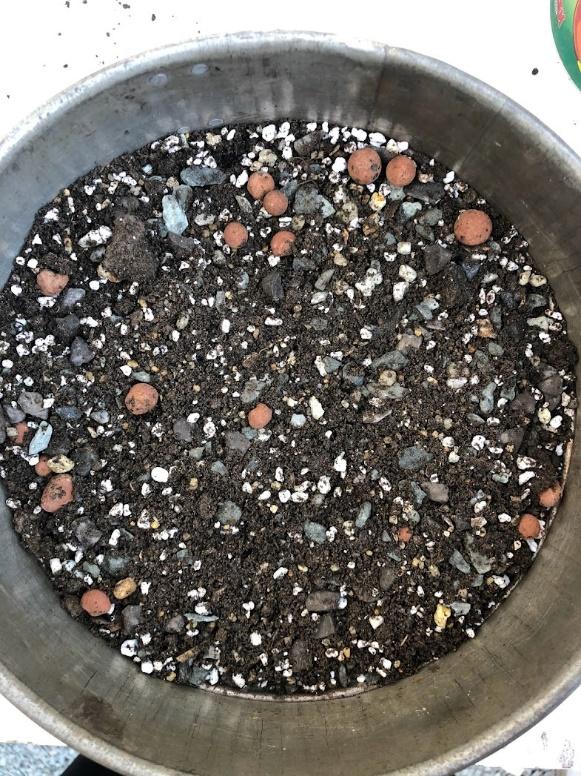
Do not be afraid to use the same soil for the species in both groups because cactuses are also succulents. The difference comes from areoles in the cacti family, separating them with specific botanical names.
Succulent leaves are full of water, so careful watering and suitable soil are essential for growth and rooting.
These plants love well-draining potting soils with many minerals, which is why your plain garden soil is not what they need, but you also should not pot them only in rocks.
Is it hard to make your own soil?
No, but it is necessary to understand what components to use for making your own succulent mix, but once you learn how to do it, you will never buy succulent soil at specialized stores.
All succulent lovers will have a chance to learn how to mix potting soil themselves.
Read all the information provided here if you want to have beautiful plants. Moreover, you will save money since you will buy different ingredients last longer.
Why is succulent mix so important?
Succulents are plants native to warm climate areas, and they are specific by water storage for the hot days when rain is not occasional.
All the plants have mechanisms to fight drought but are very sensitive to overwatering or soggy soil.
That is why providing a good environment and well drainage soil combined with pots having drainage holes is a perfect combination and a good start for you as a beginner.
Is DIY succulent soil mix is better than commercial succulent soil?
Not always, the commercial succulent mixes are the best option for all succulent species.
Therefore, instead of adding ingredients and adjusting the potting soil from your local garden store, we will teach you how to become a soil expert.
Succulents need an organic and mineral mixture in a ratio of 1:2 to grow healthy, perfectly combined to give enough water and oxygen and support your plant needs.
Since we know it is not easy for a beginner to make a difference with other homemade potting soils recipes, we list exactly what you need to make the best succulent soil at home.
Bellow, we are giving you a list of all the benefits and disadvantages of making your succulent soil:
Benefits
- Economic and affordable
- Preparing the ideal mix regarding the plants’ type and their need
- Being a natural plant parent with different connections to your plants
- Never depending on soil stock in nurseries and markets
- Proved drainage and soil aeration
Disadvantages
- Not having space for all the necessary ingredients
- Lack of time and will to prepare plant soil
- Being messy and should clean after preparing the mix
- Commercial potting mixes have all information written on the box, so it is easily adjustable
Anyhow, we believe that most of you will need a DIY succulent soil recipe, and that is why we have clear instructions for making the perfect succulent soil.
Let us start with the checklist and teach you how to choose easily and wisely!
Step 1: Choose the right soil as the main component
All universal soils or garden soils are suitable for main components to mix the other ingredients. The Important thing is to look for a pH value between 5.5 – 6.5. pH value is essential for enabling the significant intake of nutrients and minerals in the soil mix.
In addition, a crucial thing is the NPK value, and since succulents are hardy plants, they do not need a lot of fertilizer in the soil.
Therefore, we suggest universal soil with balanced NPK values like 10:10:10 or 20:20:20 ratio as the best option.
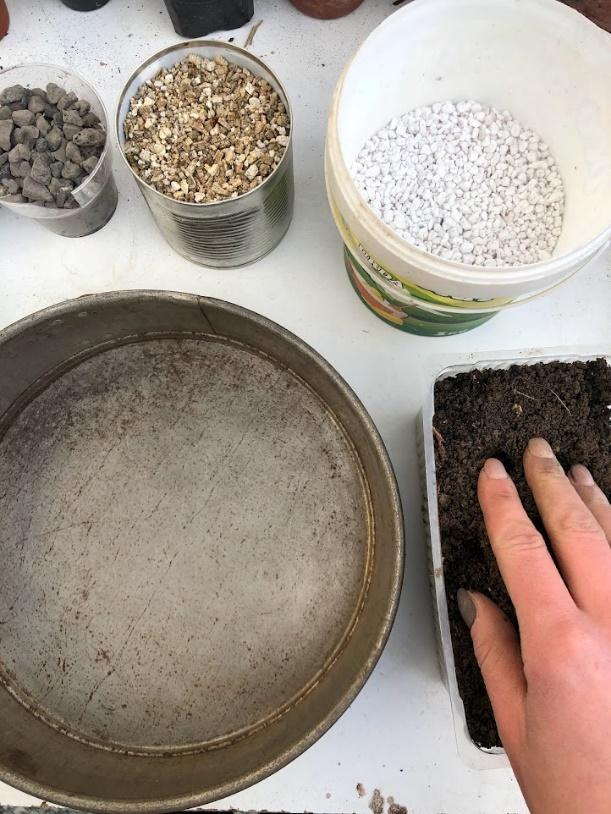
Photo credit: Silvana Koleva
Peat Moss vs. Coconut coir
Many commercial potting mixes have peat moss in the ingredient list or as main ingredient.
Sphagnum or peat moss is a type of soil that has a characteristic hydrophobic meaning that keeps the water longer than succulent stands.
Overwatering can make a problem in growing succulent plants, especially during hot summer when fungal diseases appear more with the higher humidity rate and succulents cannot stand wet soil for a long time.
On the other side, Coconut coir provides just enough water that succulent plant needs, helps in better drainage properties and dry quickly.
Is it better to use coconut coir for planting succulents?
We cannot say that using coconut coir instead of peat moss is better because young plants that need more moisture thrive better in peat moss than coconut coir.
Another thing you should know is that both peat moss and coconut coir should stay in water before first use because they are not going to absorb the water, and the plant will be underwater.
You can use both soils in mixes depending on the plant species and water requirements, but you always need to add proportionally other components to make the suitable soil for your plant.

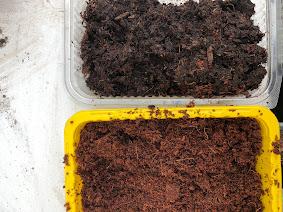
Photo credit: Silvana Koleva
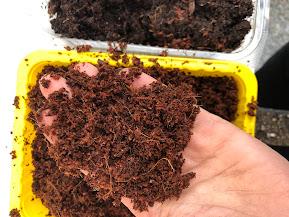
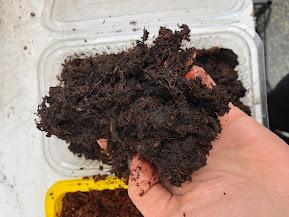
RELATED: Best Ways to Propagate New Succulents from Leaves and Cuttings
Step 2 – Ensure good airflow
All succulent soil should contain gritty components that improve oxygen levels and water flow, saving the plant from overwatering and rooting rot.
That is why, after choosing suitable soil, the main thing is to make well-draining potting soil for cactus plants and succulents.
Let’s see what you can use for the best aeration.
Aeration in the succulent soil
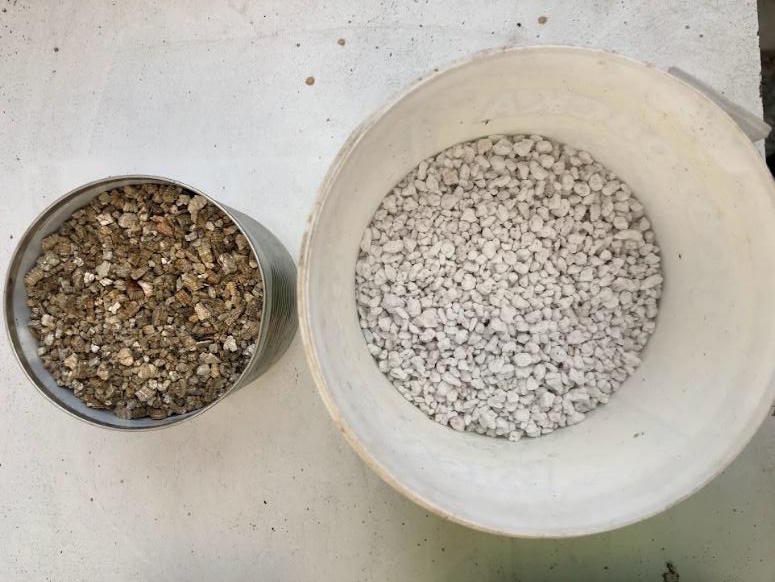
Improve the airflow with Perlite, Pumice or Vermiculite.
Perlite is white-colored, natural amorphic biomaterial produced from volcanic stones at high temperatures with significant porosity. When combined with the pure ground, the weight and the structure improve the airflow and quality of succulent plants.
Despite Perlite, Vermiculite is a decomposed rock material enriched with minerals, ensuring better aeration and plant nutrition. In addition, it absorbs water and releases it when needed.
Moreover, we have Pumice, a destroyed volcanic rock with excellent porosity enabling sufficient oxygen flow and mineral support for growing succulents.
Step 3 – Never forget the ingredients for good drainage
Soil drainage is essential when talking about planting succulents.
Below we created a list of several ingredients that can provide better drainage.
Crushed granite gravel
Most of you have seen it coating on walking paths or decorative areas. This natural material is drying fast, enables rewarding drainage and will not harm your plant if used in your succulent mix. It is best if used as part of the soil mix.

Coarse Sand vs. Beach Sand
Coarse sand or quartz sand is a good material because of the different particle sizes.
In addition, the succulent potting soil mix allows good drainage; fast water flow and soil dry faster. On the other hand, avoid beach sand because of its fine and compact structure despite coarse sand.
These materials make water dry slow and stay around the root, which is not suitable, especially for succulents and cacti species.
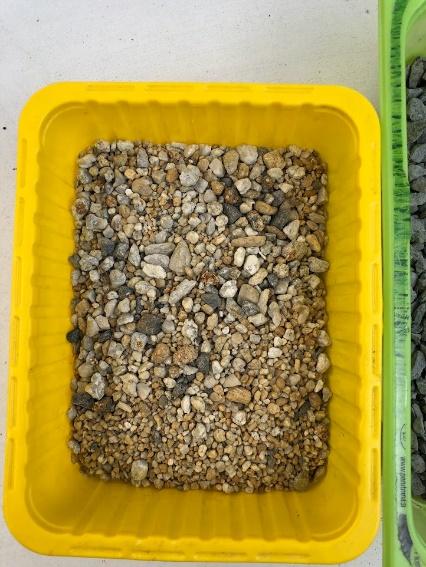
Photo credit: Silvana Koleva
Turface
Helps in managing moisture of the draining soil. The good thing about turface is that is not let nutrients leave the ground and always ensures the soil’s drainage.
Step 4 – Mineral supporters
Minerals are a crucial part of soil compaction, as in all natural beings. Without minerals, plants will not grow compact, colors will be less vivid, and disappointing the growth rate.
There are many nutrients beneficial for the plants, and if you already have a rock garden, you can tell the difference between plants there and those in pots.
Outdoor succulents enjoy the welfare of nature, but for our home plants, there is a list of succulent potting soil ingredients helping in nourishing
Pumice
We mentioned Pumice for aeration, but it is an excellent source of minerals since it is volcanic rock excess. In addition, providing fast rooting is a great growth supporter and an irreplaceable mineral regulator in the soil mix.
Poultry grit (Chicken grit)
An interesting fact about using this component in this succulent soil recipe is that usually crushed oysters that make the grit give the plants extra calcium and drainage. So many people find this material helpful when adding to the potting soil. That is why we suggest trying it.
Akadama soil and Kanuma soil
These are two types of pure Pumice found from the Japanese and wide used for Bonsai cultures. Since they are clay parts of volcanic rock that went under eruption, they rich in minerals, both soil types include Si02 as a mostly present component, then Al2O3, Fe2O3, MgO, CaO and MnO in their construction.
Even though it is hard to find this mineral substance, it is good to know about its qualities and mineral properties.
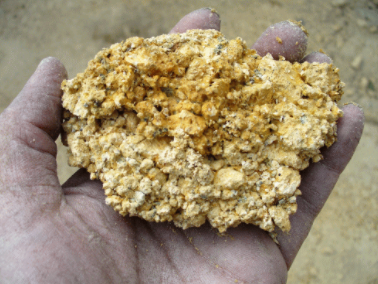
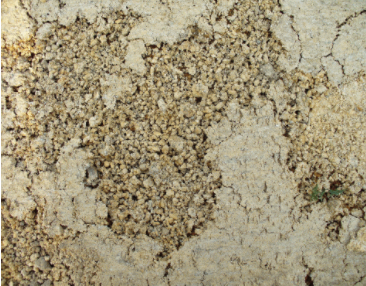
RELATED: Why Is My Succulent Dying? The Ultimate Guide To Saving A Succulent
Maifanitum stone
This stone is known as Quartz monzonite with 58 trace elements from which P, Ca, K, Mg, Na, Mo, Fe, Cu, Zn, Mn, F, Se, Co etc.
This silicate mineral is found in filters for water cleaning by releasing trace elements. Because of the enormous mineral potential have great use in the succulent soil mix.
Clay pebbles (Ceramsite)
Common name Leca balls, widely used for keeping plants that want to be moisture all the time, but not overwatered and with blocked root oxygen flow.
Some succulents love the semi-watering treatment since they enjoy constant watering but not overwatering.
Clay pebbles may be a good choice for some aloe and Haworthia plants, keeping them fresh all the time.
Try this method on your plants to find the right balance since Leca balls keep the water inside them and provide enough water for an extended period.

Zeolite
Zeolite has the closest characteristics to Pumice. It keeps your plant always nourished and healthy and provides satisfying growth.
It is a good substance not only for the succulent mix but also for other indoor plants.
Limestone
Sedimentary rock rich with CaCo3 is good in small amounts and gives additional calcium to the soil. However, an immense quantity higher the pH of the soil decreases the potential of nutrition support to the plant. Therefore, some gardeners are using this component to adjust the pH values.
STEP 5 – Adding the organic components
Last but not least important is adding the organic part needed for the final succulent-cactus mix.
By now, you should already have everything inside the mixing container evenly mixed, waiting for the final few components and ready to give your succulent new home.
Because the organic part is something added for better improvement, be careful not to put much of it. The best ratio is two times smaller than the mineral ingredients added to your soil.
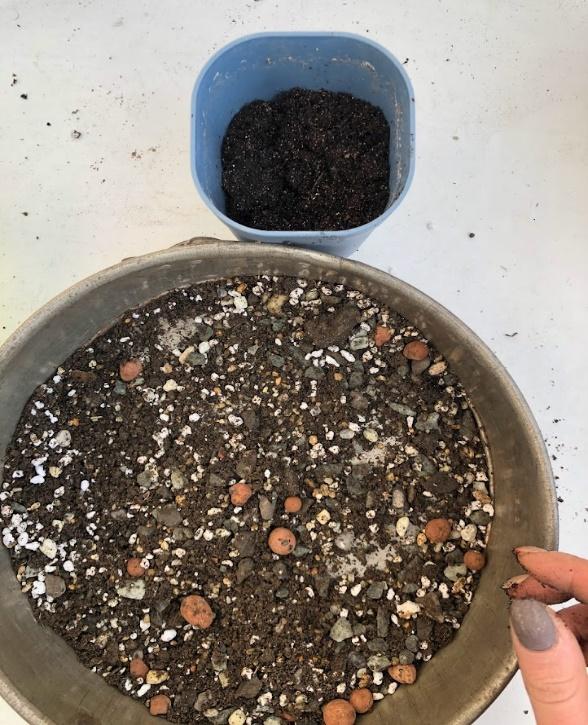
Photo credit – Silvana Koleva
Pine Bark
It provides organic supply and has air pockets that keep plants fresh and oxidized.
Mulch (Woody chips)
Adding it around your succulents or inside the mix prevents soil erosion, lowers evaporation during hot summer days, retains enough moisture and keeps the plant fresh.
People generally put Mulch to plants growing outdoors directly in rocky gardens.
Compost
Depending on the compost, you should mix one part of it with two parts of already prepared succulent soil with all the other ingredients.
Manure
Only a diluted emulsion will provide good results.
Worm casting
Dilution of one-tablespoon worm casting in quat of water is necessary to provide needed organic income.
After you finish your mix, check the water flow by simply watering and waiting for the water to come out from the drainage holes in just a few seconds.
When doing your own succulent soil mix, the great thing is that you can reuse it as much as you want by just adding fresh new ground after a year or two.
Editor’s Recommendations
Pests in Succulents and How to Get Rid of Them by Chemical & Natural Ways?
25 Beautiful And Easy To Grow Purple Succulents For Homes & Offices
Are Succulents Really Toxic and May Hurt Your Innocent Cat or Dog?







